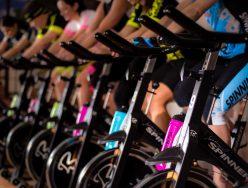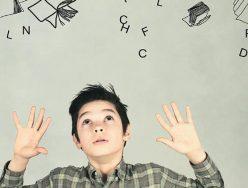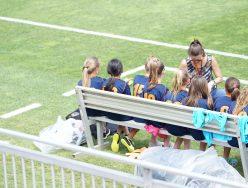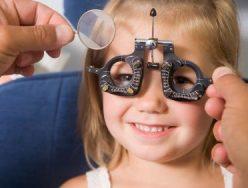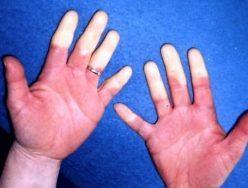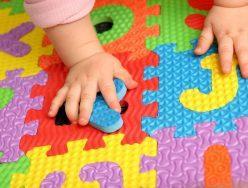Proper Guide To Fitness For Clients With Visual Impairments
Approximately 14 million Americans have a self-reported visual impairment that affects their lifestyle and overall well-being. According to the Journal of Visual Impairment & Blindness, individuals who are impaired have lower levels of physical fitness than their sighted companion does. In fact, following daily activities also tend to demand more energy, causing an increase in fatigue. The good news is that visual impairments do not affect the benefits they receive from physical activity.





